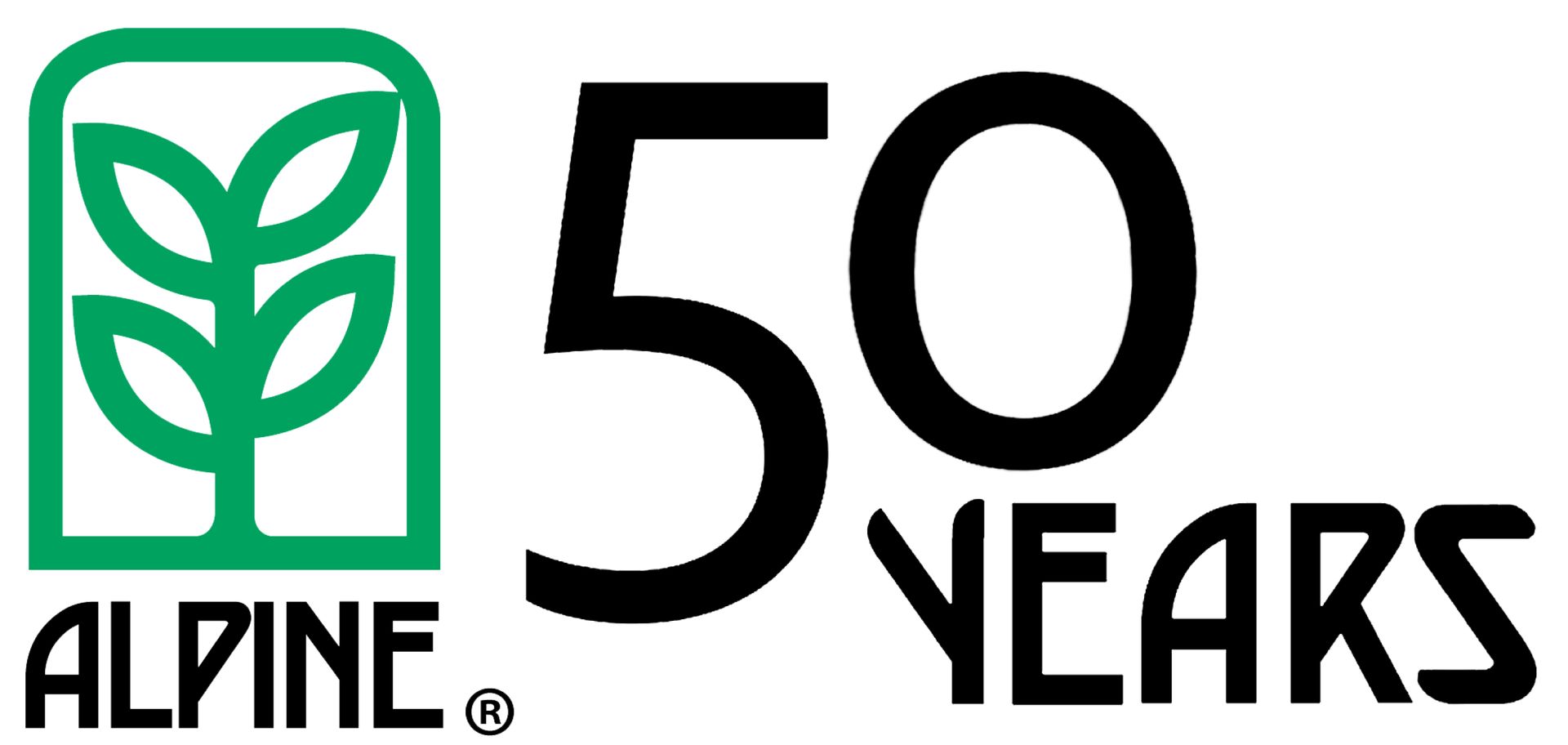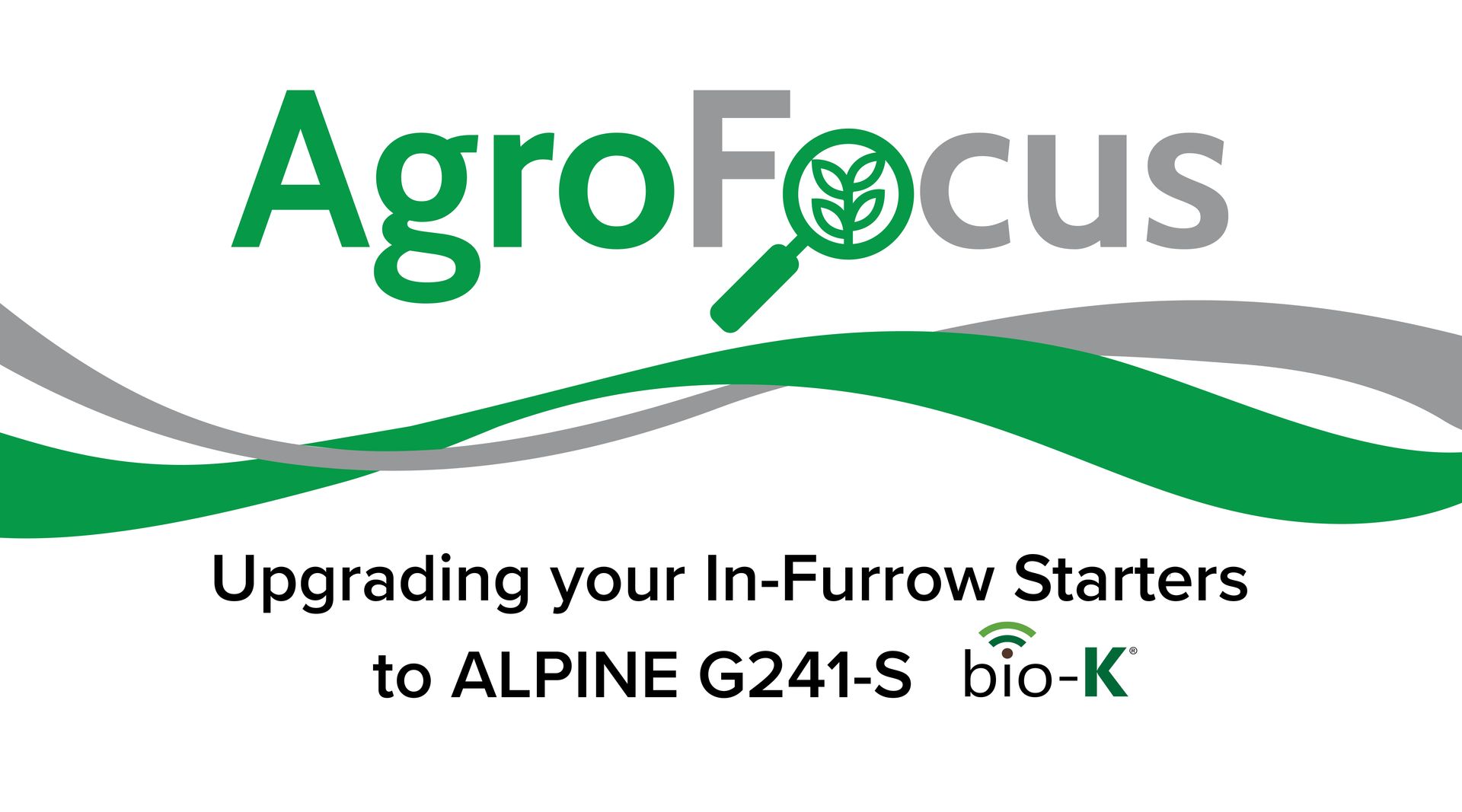USING PLANT TISSUE ANALYSIS
Using plant tissue analysis is a common practice for many innovative farmers because it is extremely useful when used as a tool to manage plant health. Like soil sampling, plant tissue sampling provides a useful data point. Ultimately, these data points combined with in-field monitoring and producer experience allow managers to identify nutrient uptake challenges. This knowledge is essential for future nutrient management decisions. Taking the Sample It is extremely important to take good samples to submit to the lab. All analyses are only as good as the sample that is taken. Most importantly, never use a metal container. In the field it is okay to use a clean plastic pail or a paper bag to hold the samples. Also, review the standards that the lab publishes to take the samples from the correct part of the plant for each stage of growth. When preparing the samples use a dry brush to remove dust or spray residue. If stubborn residue exists or if one suspects residual from prior foliar applications remaining on the leaf surface make sure to use a damp cloth or even wash samples with distilled water. When mailing it is good to air-dry the samples and always use a clean paper bag or envelope. NEVER use a plastic to mail or store samples! Understanding the Analysis The plant tissue analysis will report the nutrient status of the plant, or the flow of nutrients to plant tissues during the growing season. Essentially, it tells you how well your fertilizer program is working given the soil and the environment for the year. The information will help identify unseen hunger or possibly confirm observed deficiencies. Paying attention to the information and working to correct deficiencies is critical for producers who want to increase production. Sometimes the information may help producers adjust during the current growing year, often it requires adjustments to the fertility program for the following years. Using the Analysis Finally, use the information you have collected! If soil analysis indicates that there are ample nutrients, or if you are fertilizing to recommendations, but the nutrients don’t seem to be making it into the plant, you need to evaluate your program. Nutrient uptake can be hindered by many factors. There are soil antagonists, salts, spray water issues, climate or soil environment issues, and even nutrient placement, timing, rate, and sources that may need to be adjusted. As always, contact your local NACHURS fertilizer representative if you would like help using the analysis and to help identify ways to overcome obstacles with nutrient uptake.
Using plant tissue analysis is a common practice for many innovative farmers because it is extremely useful when used as a tool to manage plant health. Like soil sampling, plant tissue sampling provides a useful data point. Ultimately, these data points combined with in-field monitoring and producer experience allow managers to identify nutrient uptake challenges. This knowledge is essential for future nutrient management decisions.
Taking the Sample
It is extremely important to take good samples to submit to the lab. All analyses are only as good as the sample that is taken. Most importantly, never use a metal container.
- In the field it is okay to use a clean plastic pail or a paper bag to hold the samples. Also, review the standards that the lab publishes to take the samples from the correct part of the plant for each stage of growth.
- When preparing the samples use a dry brush to remove dust or spray residue. If stubborn residue exists or if one suspects residual from prior foliar applications remaining on the leaf surface make sure to use a damp cloth or even wash samples with distilled water.
- When mailing it is good to air-dry the samples and always use a clean paper bag or envelope. NEVER use a plastic to mail or store samples!
Understanding the Analysis
The plant tissue analysis will report the nutrient status of the plant, or the flow of nutrients to plant tissues during the growing season. Essentially, it tells you how well your fertilizer program is working given the soil and the environment for the year. The information will help identify unseen hunger or possibly confirm observed deficiencies. Paying attention to the information and working to correct deficiencies is critical for producers who want to increase production. Sometimes the information may help producers adjust during the current growing year, often it requires adjustments to the fertility program for the following years.
Using the Analysis
Finally, use the information you have collected! If soil analysis indicates that there are ample nutrients, or if you are fertilizing to recommendations, but the nutrients don’t seem to be making it into the plant, you need to evaluate your program. Nutrient uptake can be hindered by many factors. There are soil antagonists, salts, spray water issues, climate or soil environment issues, and even nutrient placement, timing, rate, and sources that may need to be adjusted. As always, contact your local NACHURS fertilizer representative if you would like help using the analysis and to help identify ways to overcome obstacles with nutrient uptake.










